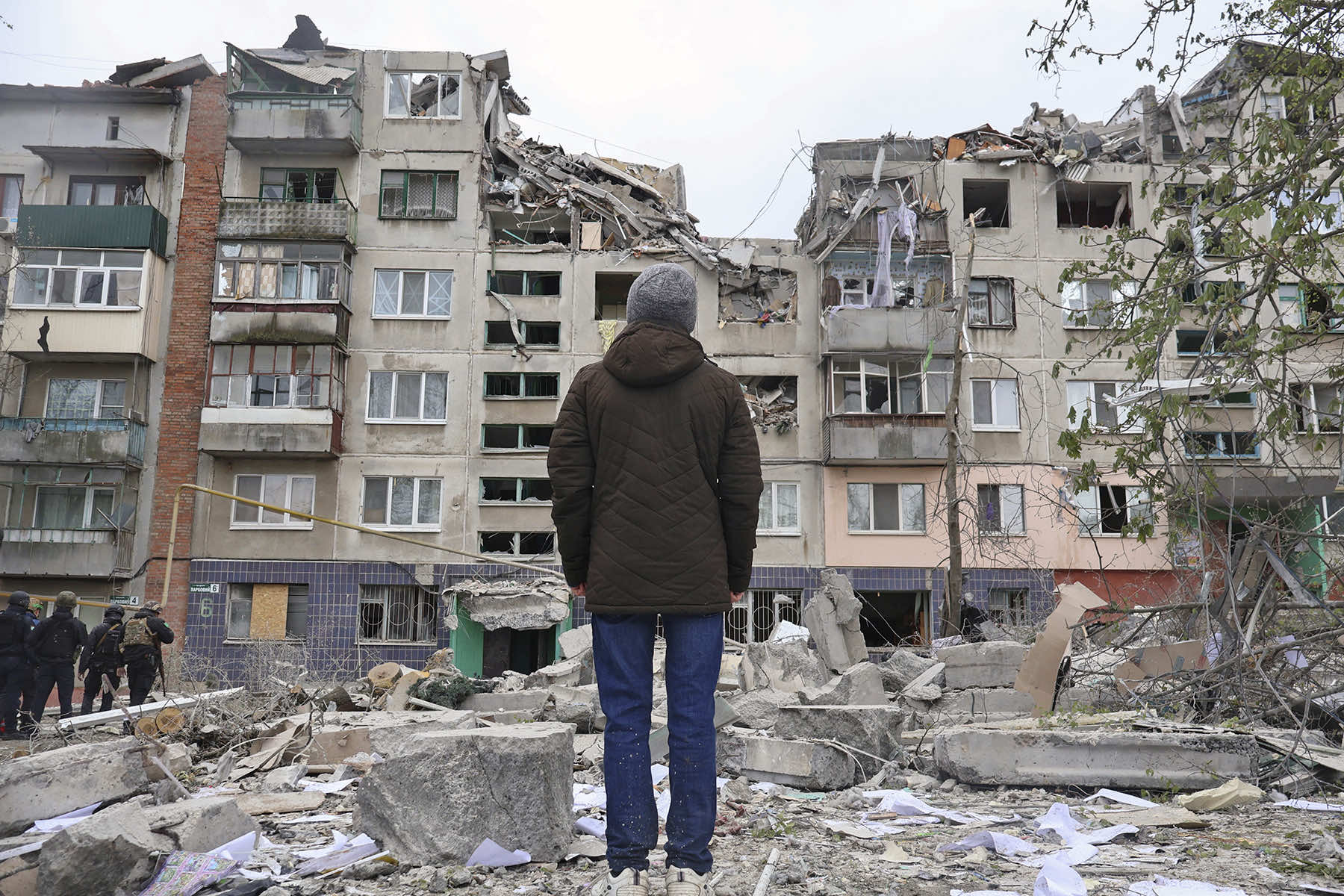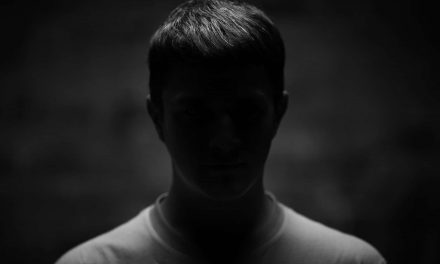
By Cyril Tarquinio, Professeur de psychologie clinique, Université de Lorraine
Those who have experienced the horrors of war see their lives clearly delineated between a “before” and an “after.” This singular ordeal does not, as is often believed, mean that it is impossible to live, but generally forces people to live in a very different way. The disruption of the life process that results from this situation causes upheavals that each individual faces by drawing onto their capacity to adapt. But not everyone reacts in the same way.
To describe the mechanisms at work, health psychologists have coined the concept of “coping,” which is closely linked to that of adaptation. However, its outcome varies depending upon whether it is geared toward impacting upon the situation through action, or managing associated emotional states stemming from it.
Forms and styles of coping
In one 1986 study, scientists asked 100 adults every month for a year to record a recent event that had upset them and their reactions to it by answering a questionnaire, the Ways of Coping Checklist. The results revealed that there are two main forms of coping: problem-focused and emotion-focused.
Problem-focused coping refers to the set of behavioral and cognitive steps that an individual takes in a bid to impact upon the situation in which they find themselves. This form has two essential aspects: confrontation with the event, which translates into efforts to change the situation, and resolution of the problem, which translates into the search for a set of means – information, help – to achieve this. The person then grapples with the problem directly and openly.
Emotion-focused coping refers to the set of efforts to mitigate and cope with the emotional states triggered by the stressful situation. There are many expressions of this form of coping, most of which consist of intra-psychic action-oriented processes: avoidance (no longer thinking about the problem), distraction, denial, dramatization, and such.
Problem-focused coping and emotion-focused coping are not two perfectly separate processes: in a given situation, one can use either one or the other, or both together. Moreover, these two main forms of coping correspond to the strategies generally used, but there are also some that are more specific and that vary from one individual and one situation to another.
Some authors have proposed to classify active and/or avoidant coping according to the strategies used to cope. In doing so, we can distinguish four basic categories:
- Active/cognitive coping, which consists in logical analysis and positive reframing
- Active/behavioral coping, which consists in seeking support and taking action to resolve the problem
- Avoidant/cognitive coping, resulting in cognitive avoidance and resigned acceptance
- Avoidant/behavioral coping, which corresponds to the search for other activities and emotional release
Emotional coping strongly linked to post-traumatic stress disorder
Several studies have shown that adults with post-traumatic stress (PTSD) disorder are significantly more likely than others to engage in avoidance or escape, and thus non-problem solving. In 2007, a meta-analysis also revealed that avoidance was a predictor of the risk of developing PTSD, depression and distress. PTSD is the most common form of psycho-trauma. It is characterized in particular by the presence of intrusive symptoms, such as persistent memories that overwhelm the victim’s consciousness, who experiences them as new events taking place in the present, avoidance behaviors and sleep disorders.
Scientists have spotted similar patterns in the experiences of traffic accident victims. Subjects with avoidance-oriented coping showed more intrusive symptoms than others. A study of victims of the 2007 Virginia Tech University shooting in Blacksburg, USA, reached similar conclusions, as did research with victims of terrorism.
Similarly, PTSD symptoms were more severe in Israeli soldiers who had resorted to emotional strategies during the Israeli-Palestinian war. Other work on a cohort of subjects followed for one year showed that, among the participants who experienced the most stressful events during this period, those who privileged avoidance strategies suffered from significantly more psychosomatic symptoms at the end of the study (headaches, stomachaches) than those who employed active strategies.
Furthermore, academics have noted victims of violence crime showing symptoms of acute stress disorder for more than one month tend to develop PTSD. Such symptoms include repetitive reliving of events, avoidance, mood disorders, hyper-vigilance, irritability, difficulty concentrating and sleep disorders.
The results obtained showed that the type of coping was a factor to be taken into account in order to explain why acute stress disorder does not systematically turn into PTSD. Thus, it appears that trauma victims who adopt an avoidance-oriented coping strategy (or a low-problem-oriented coping strategy) are more likely to develop PTSD over time.
Conversely, recent research has shown that problem-focused coping reduces the stress experienced by the individual by eliminating (or mitigating) the stressor. People who use this strategy seem to be less likely to suffer from anxiety and depression. Things are not that simple, however, as a coping strategy’s effectiveness also depends on the characteristics of the situation, including its duration, or the capacity to control the stressor.
The importance of the subject’s hold on the situation
In controllable situations (or perceived controllable situations) problem-focused coping appears to be more effective than emotion-focused coping, as it is associated with less subsequent distress. Such an effect is reversed in uncontrollable situations, where the subject’s repeated efforts to control the situation are useless and exhausting.
In this case, an emotional avoidance strategy may be more appropriate, especially in the short term. The relative effectiveness of coping strategies also seems to vary according to the time that elapses after the stressful or traumatic event. Emotional coping is only protective immediately after the event.
Adopting the most appropriate coping strategy
Ultimately, much research has shown that coping strategies can buffer the psychic impacts of traumatic exposure. This capacity for resilience and for maintaining a certain psychological and physical balance following the confrontation with traumatic or undesirable events seems to be enhanced in subjects who are able to “juggle” the entire cognitive and affective register of coping. People who are able to use different coping strategies are better able to adapt to life-threatening situations.
The nature of the coping strategies used may be an indicator to be taken into account in order to better understand why stress or PTSD will have a greater or lesser impact on different individuals. However, it is important not to leave it at that, and then to find ways of coping with these clinical conditions.
To cope with stress, one can turn to methods of emotional management, physical activity, meditation, cardiac coherence, an approach based on breath control. For acute stress disorder or PTSD, one should rather turn to psychotherapy, which is more likely to provide effective responses.
Roman Chop (AP)
Originally published on The Conversation as Not doomed: How the right coping mechanisms can save trauma victims from PTSD
Support evidence-based journalism with a tax-deductible donation today, make a contribution to The Conversation.














